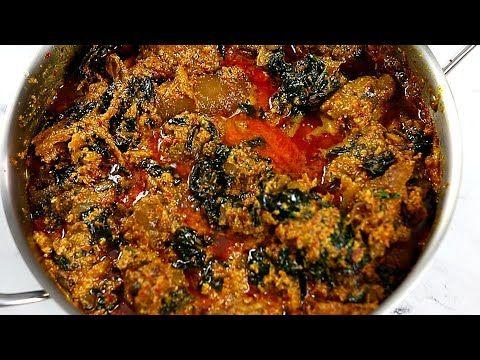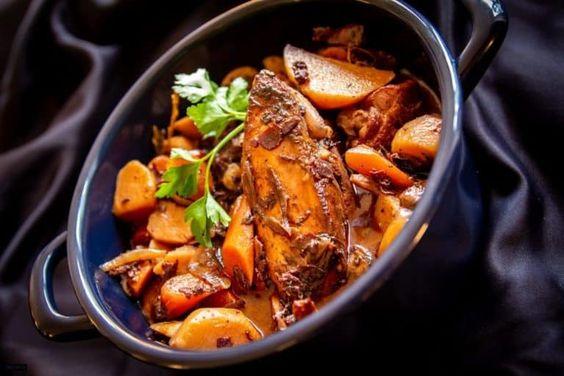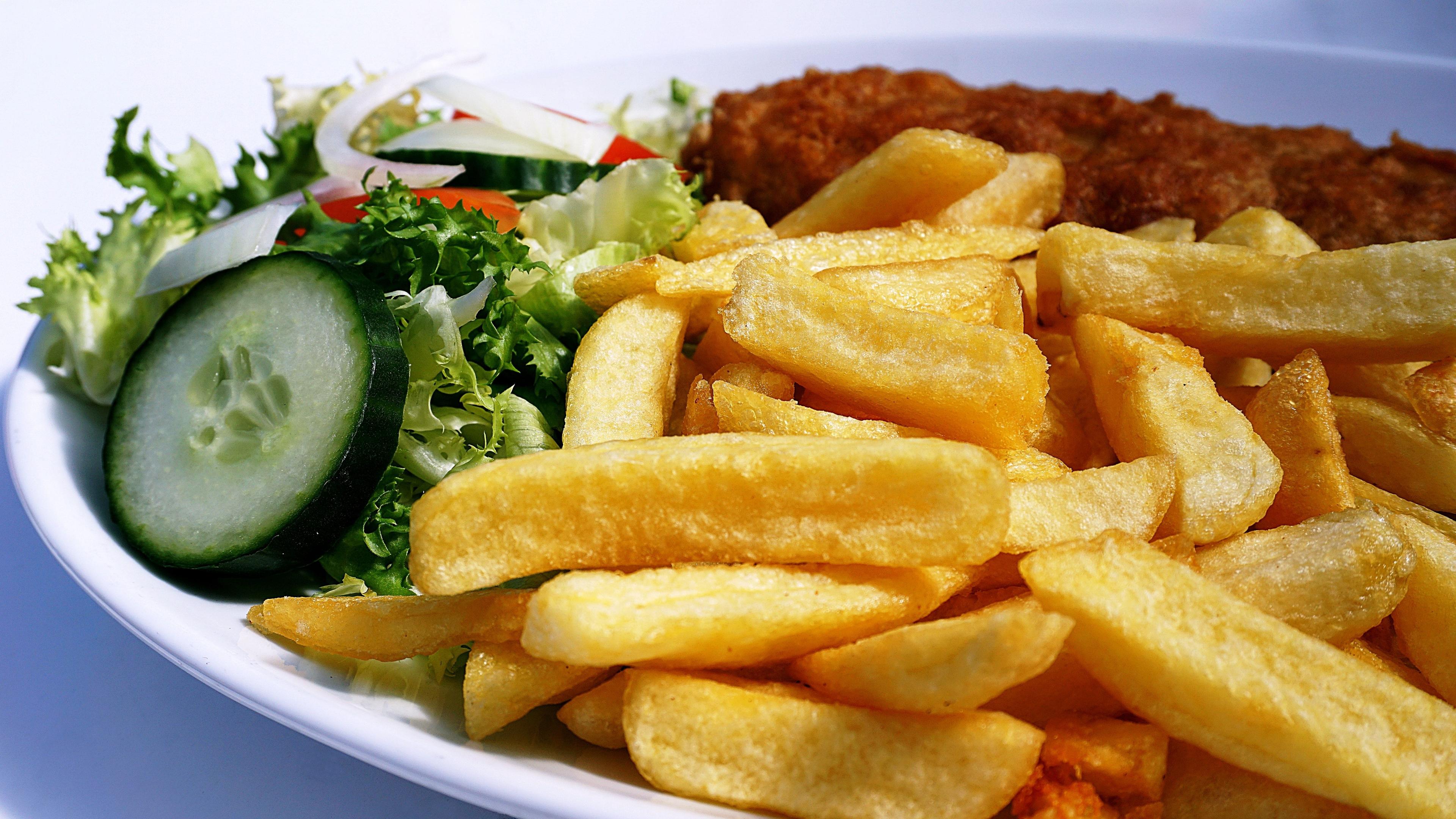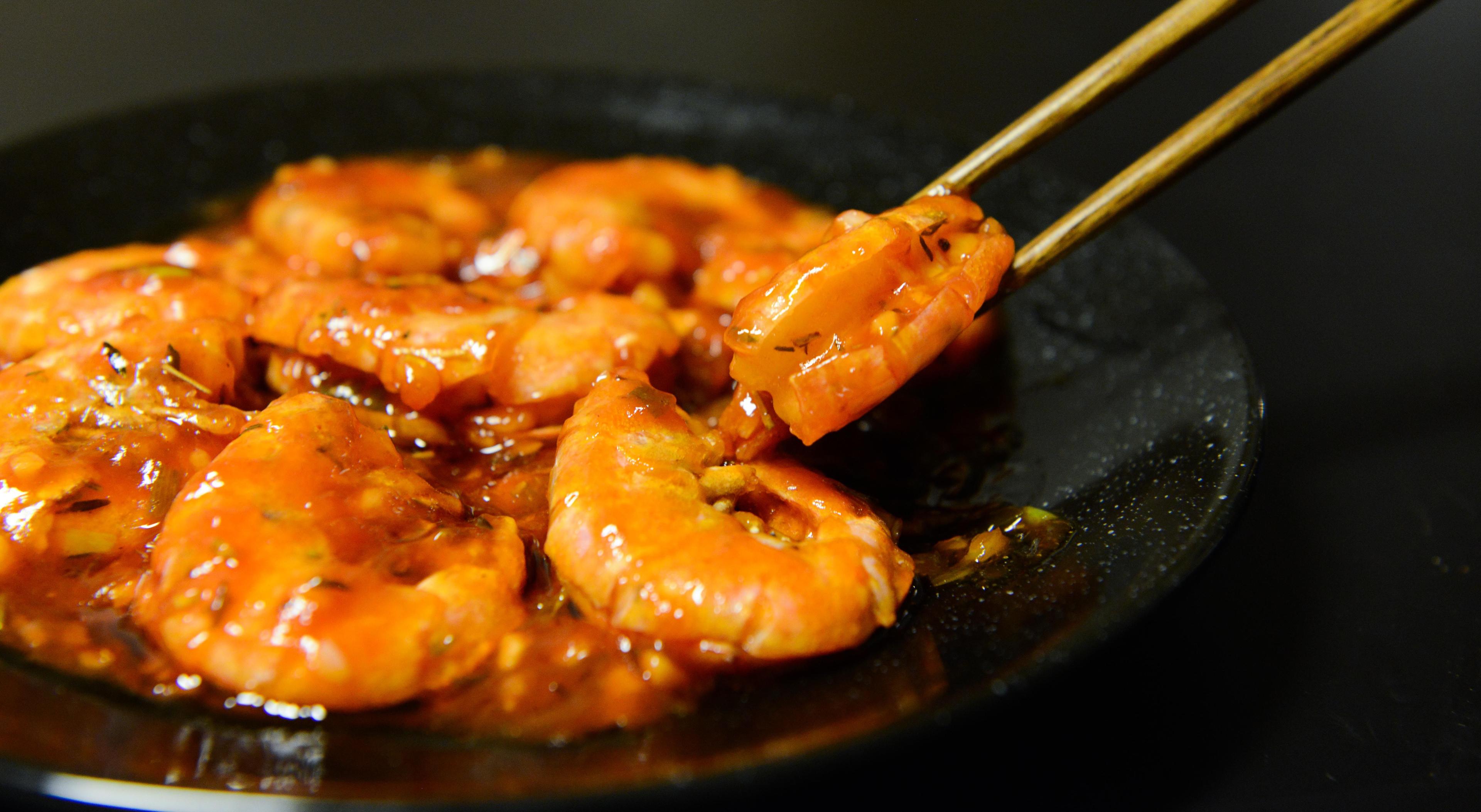A Flavorful Expedition Through Top Filipino Foods
Filipino cuisine is a unique and vibrant blend of indigenous, Spanish, Chinese, and American influences that have come together to create a diverse and exciting culinary landscape. With a focus on bold flavors, fresh ingredients, and communal dining, Filipino food is a reflection of the country's rich history and cultural heritage. In this article, we will embark on a delicious journey to explore some of the top foods that define the culinary essence of the Philippines.
Adobo
Adobo is often considered the national dish of the Philippines and is a beloved staple in Filipino households. This flavorful, comforting dish is made by marinating and slow-cooking meat, typically chicken or pork, in a mixture of soy sauce, vinegar, garlic, bay leaves, and black peppercorns. The result is tender, succulent meat infused with a tangy, savory, and slightly sweet sauce. Adobo is often served with steamed rice, making for a satisfying and well-rounded meal.
Sinigang
Sinigang is a popular Filipino soup characterized by its tangy, sour flavor, which comes from the use of tamarind, calamansi, or other souring agents. The dish consists of a variety of ingredients, including meat (such as pork, beef, or shrimp), vegetables (like tomatoes, okra, and water spinach), and sometimes even fruits like green mangoes. Sinigang is a versatile and comforting dish that showcases the Filipino love for bold, bright flavors.
Lechon
Lechon, a whole roasted pig, is a festive Filipino dish that has become synonymous with celebrations and special occasions. The pig is marinated and slow-roasted over an open fire, resulting in a crispy, golden skin and tender, juicy meat. Lechon is typically served with a tangy liver sauce, providing a delicious contrast of flavors and textures. This celebratory dish is a testament to the Filipino love for communal dining and joyous gatherings.
Halo-Halo
Halo-Halo is a colorful and delightful Filipino dessert that perfectly encapsulates the nation's penchant for vibrant, eclectic flavors. This refreshing treat consists of crushed ice, sweetened fruits, jellies, beans, and other ingredients, all topped with a generous scoop of leche flan (a Filipino custard dessert), ube (purple yam) ice cream, or both. The name "Halo-Halo" means "mix-mix" in Filipino, as the dessert is meant to be mixed together before being enjoyed. This delightful concoction is the perfect way to cool down on a hot day and experience the sweet side of Filipino cuisine.
Pancit
Pancit, a Filipino noodle dish, is a beloved and versatile staple that comes in many delicious variations. The most common types include Pancit Canton (egg noodles stir-fried with vegetables, meat, and shrimp), Pancit Malabon (rice noodles with a thick, seafood-based sauce), and Pancit Palabok (thin rice noodles topped with a shrimp-flavored sauce and various toppings). Pancit is often served at birthdays and other celebrations, symbolizing long life and good fortune.

Filipino cuisine is a flavorful, diverse, and exciting fusion of culinary influences that showcase the nation's rich history and warm, hospitable spirit. From the comforting flavors of Adobo to the vibrant, eclectic taste of Halo-Halo, the top foods of the Philippines offer a window into the country's diverse regions and the culinary traditions that unite them. Whether you're exploring the bustling streets of Manila or enjoying a home-cooked meal in a rural village, the flavors of the Philippines are sure to captivate your taste buds and leave you craving more.
Exploring the vibrant world of culinary delights, Gastronomy.space offers readers a journey into flavors, techniques, and the stories behind every dish.









